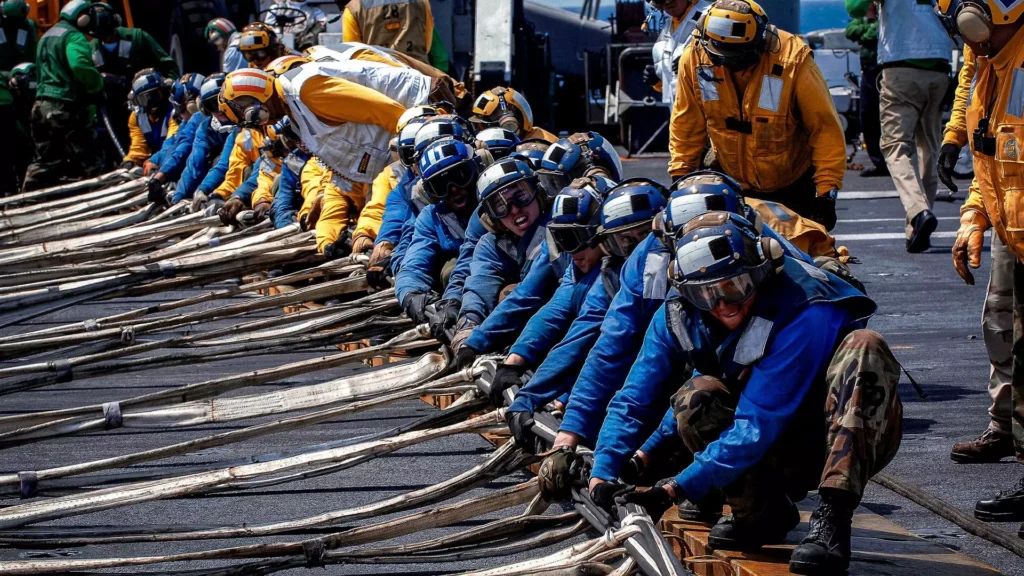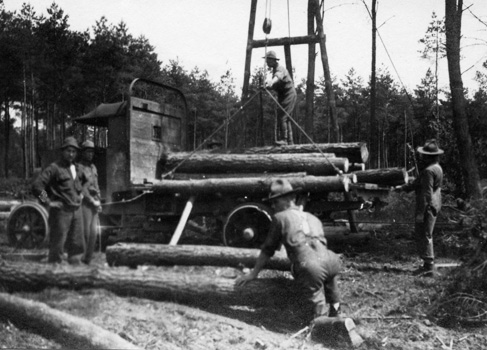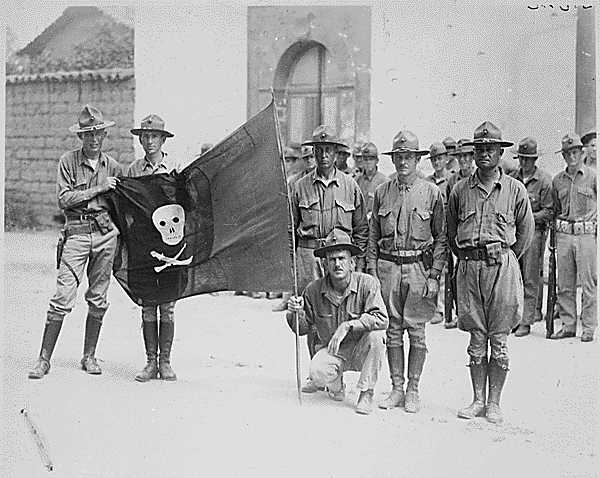This article by Matt Fratus was originally published by Coffee or Die.
Air operations on board a United States Navy aircraft carrier are often compared to a choreographed dance. All steps of the process are synchronized to ensure order and safety. Most of the steps are conducted in the loud, chaotic environment of the flight deck, where aircrews must rely on visual cues to communicate.
For that reason, each of the various teams involved in the process wears its own color-coded shirts signifying its primary function. The colors are purple, green, red, brown, white, blue, and yellow. So what do they all mean?
Purple
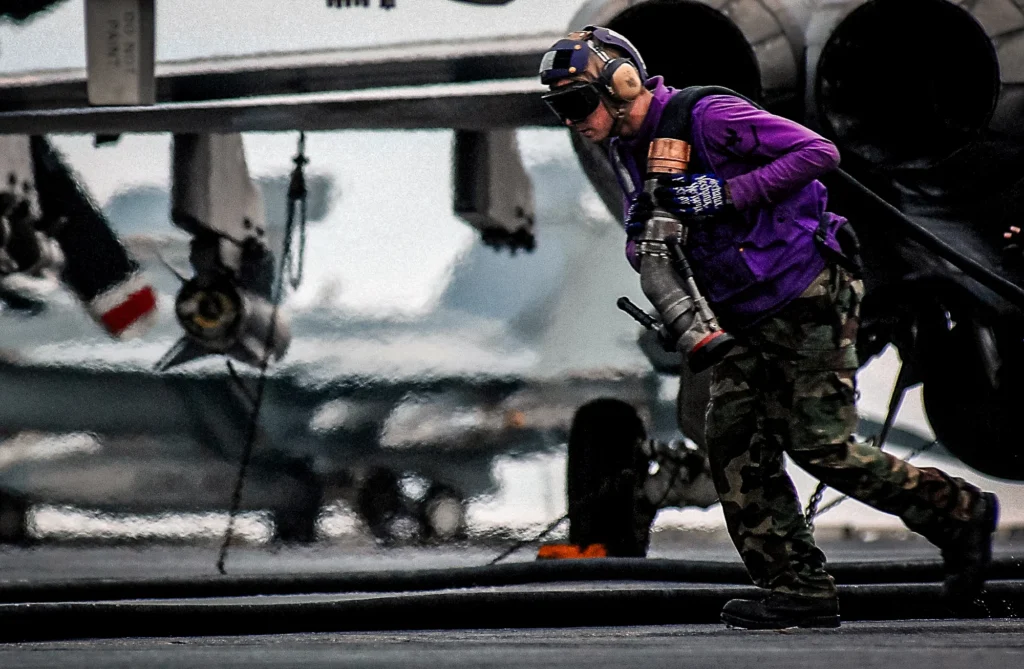
The purple shirts handle all the aviation fuel on board the carrier. They also refuel the aircraft. They are sometimes referred to as “grapes” or “feulies.”
Green
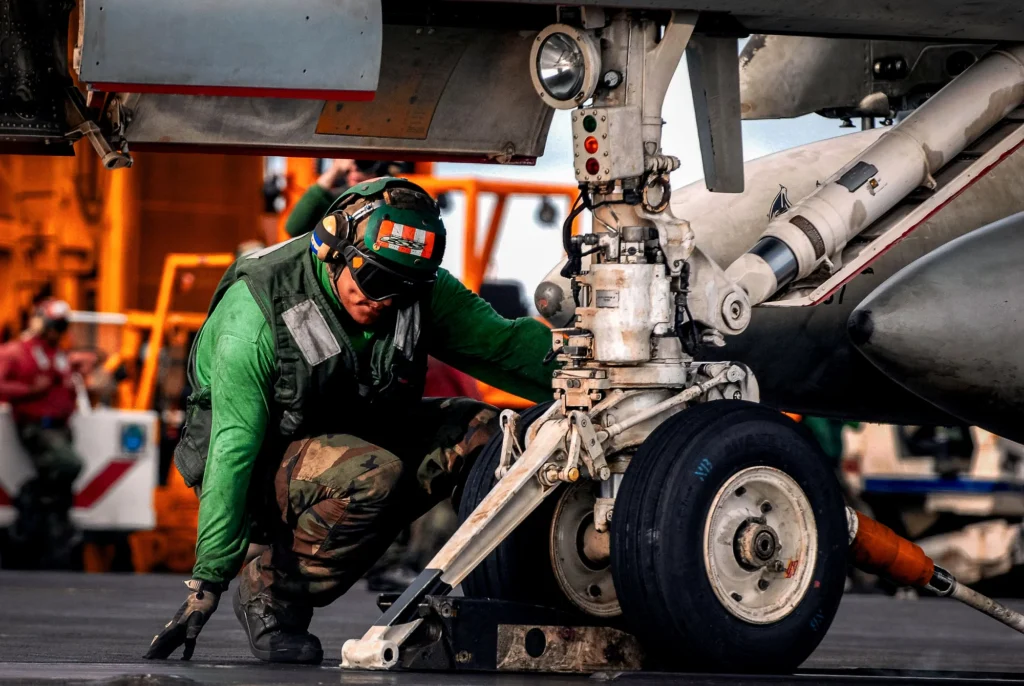
The green shirts are mostly maintenance personnel. Their primary tasks include aircraft maintenance and maintaining the carrier’s arresting gears and catapults that assist aircraft during landings and takeoffs.
Green shirts also include troubleshooters for ground-support equipment, enlisted sailors who signal helicopter landings, and mass communications specialists (typically, photographer’s mates).
Red
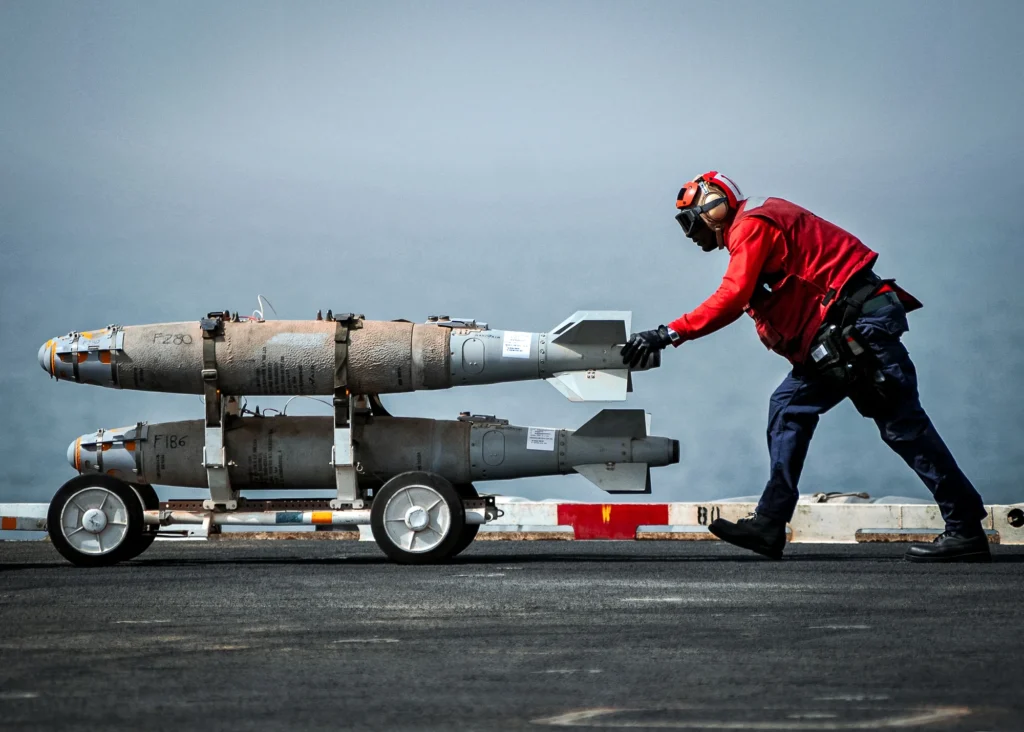
The red shirts include ordnancemen, crash and salvage crews, and explosive ordnance disposal specialists. They wear red to signal that they work with hazardous materials and perform dangerous duties.
The red shirts load the aircraft with bombs, missiles, mines, and ammunition. The crash and salvage crews respond to mishaps and accidents, either on the flight deck or in the water. They also handle the firefighting duties, which include operating mini-firetrucks.
Related: The Marines’ new drone-truck can take out enemy ships from 1,000 miles out
Brown
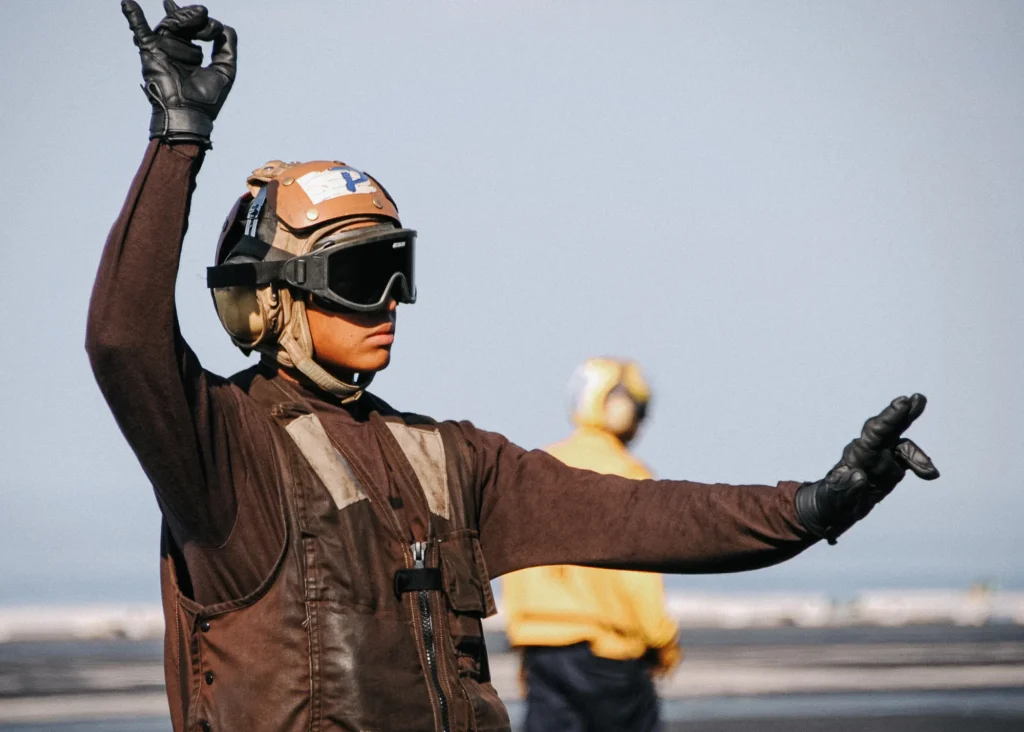
The brown shirts are the plane captains of the air wing. Plane captains are responsible for overseeing preparation and inspection of individual aircraft. They are the first and last personnel to handle the aircraft each day. Despite many of them being fresh out of boot camp, the brown shirts do everything from conducting pre and post-flight inspections to manning the cockpit of a jet when it needs to be repositioned on the flight deck.
White
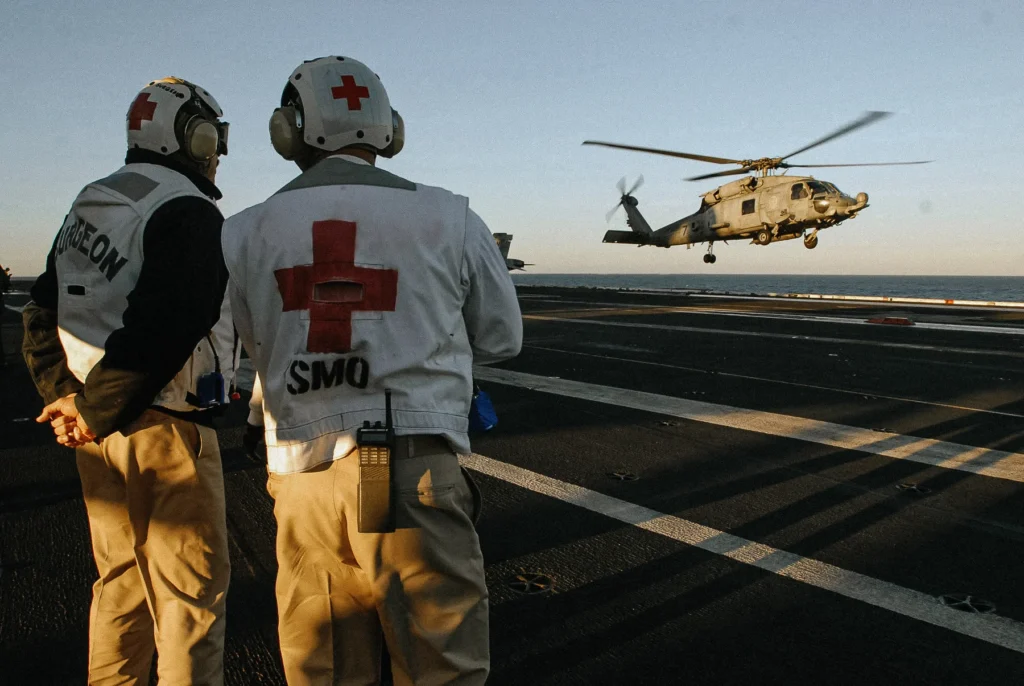
The white shirts are squadron plane inspectors, quality assurance and safety observers, air transfer officers, liquid oxygen crews, landing signal officers, and medical and administrative personnel. The squadron plane inspectors wear black-and-white checkered shirts and green helmets. They conduct safety inspections of aircraft. The quality assurance and safety observers ensure procedures are performed correctly. The air transfer officers handle arriving and departing mail, cargo, and passengers. The passengers, or VIPs, also wear white. The liquid oxygen crews are responsible for replenishing the air supply of each aircraft. The landing signal officers, or LSOs, are often former pilots who ensure the flight deck is clear for approaching aircraft and also assist with landing operations when necessary.
Related: Combat swimmer operations and their importance in a near-peer conflict
Blue
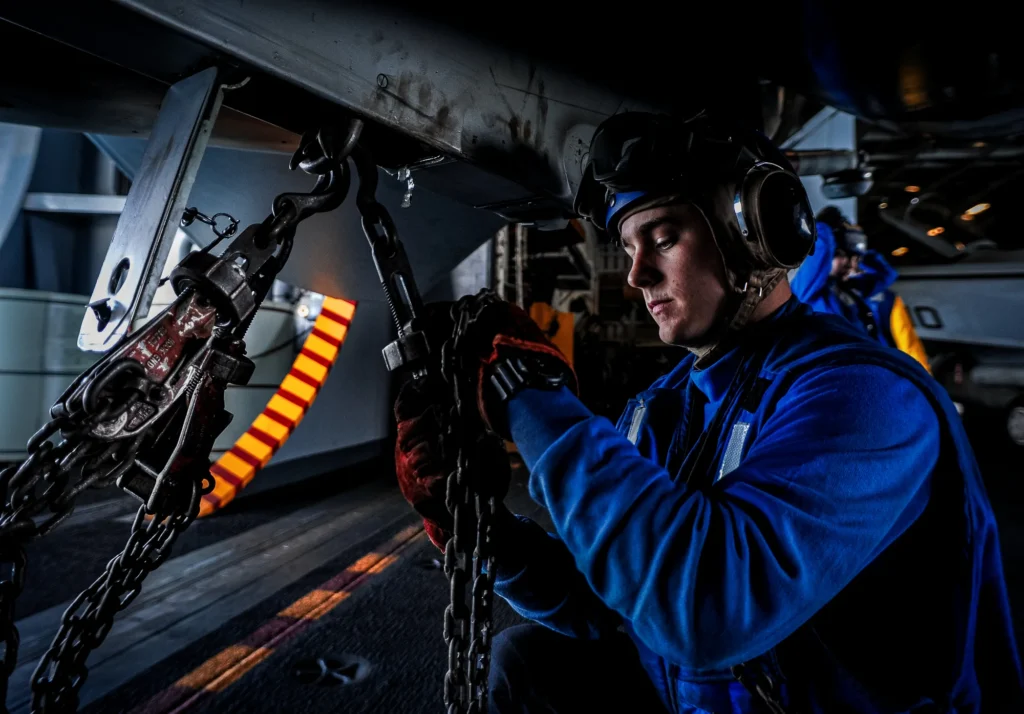
The blue shirts are the main element on board the flight deck. They are usually junior aviation boatswain’s mates still learning the ropes. The jobs of blue shirts include plane handlers, aircraft elevator operators, and communicators (or phone talkers). The plane handlers rely on a “ouija board” — a miniature replica of the flight deck that tracks real-time movements occurring on the flight deck.
Plane handlers track all the information using thumbtacks and model planes. For example, a purple thumbtack signifies that a plane needs fuel, while a green thumbtack means it requires maintenance. The aircraft elevator operators work under the supervision of yellow shirts and control motorized gear that is used in the hangar bay and on the flight deck. The motorized gear includes the elevators, tractors, and forklifts. The blue shirts also “chock and chain” — i.e., securely fasten the wheels of an aircraft to the flight deck when the aircraft is not in use.
Yellow
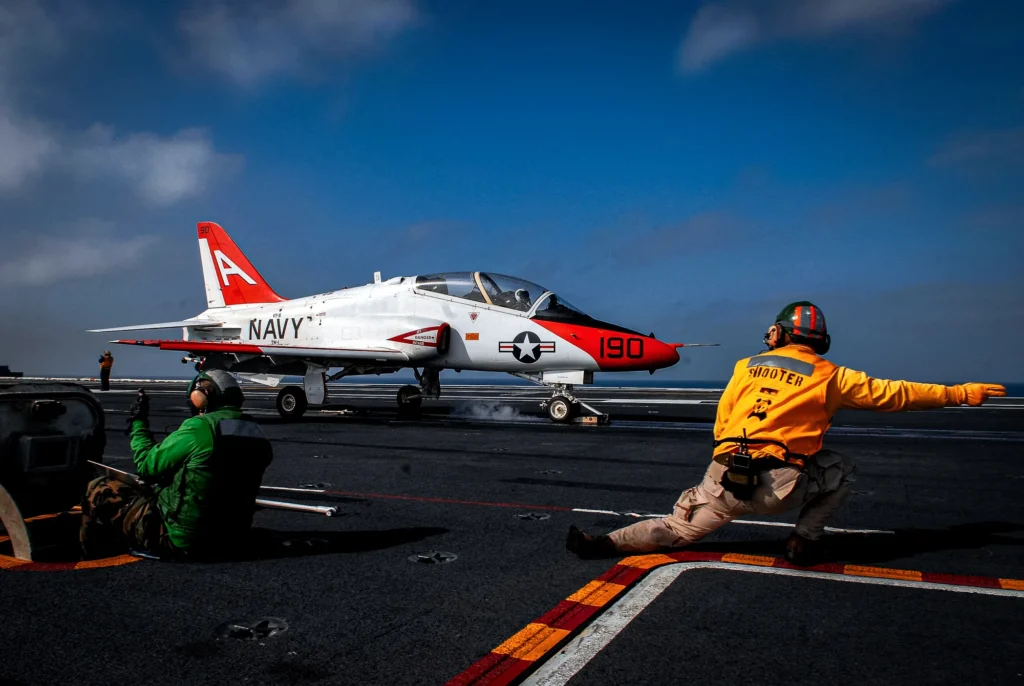
The yellow shirts run the show. They consist of the aircraft directors, catapult and arresting gear officers, the air boss, and the mini-boss. The aircraft directors are enlisted aviation boatswain’s mates who control all aircraft movement between the hangar bay and the flight decks. The yellow shirts in the hangar bay are known as “hangar rats,” while those on the flight deck are called “bears.”
The catapult and arresting gear officers, or “shooters,” are responsible for the safe launch and recovery of aircraft. Shooters give the final signal to the pilot before takeoff. The air boss and his assistant, the mini-boss, are in the primary flight deck control overlooking the deck. Together, they oversee and manage every step of an air operation, from the hangar bay, to the flight deck, to takeoffs and landings.
Read more from Sandboxx News
- A realistic analysis of what F-16s really can do for Ukraine
- Women in Special Forces resorted to buying their own armor, study finds
- What now, Wagner Group? How will Prigozhin’s death affect Russia?
- Prigozhin believed dead after plane crash in Russia
- What is OPFOR and why is it among the most fun and valuable things to do in the military?
